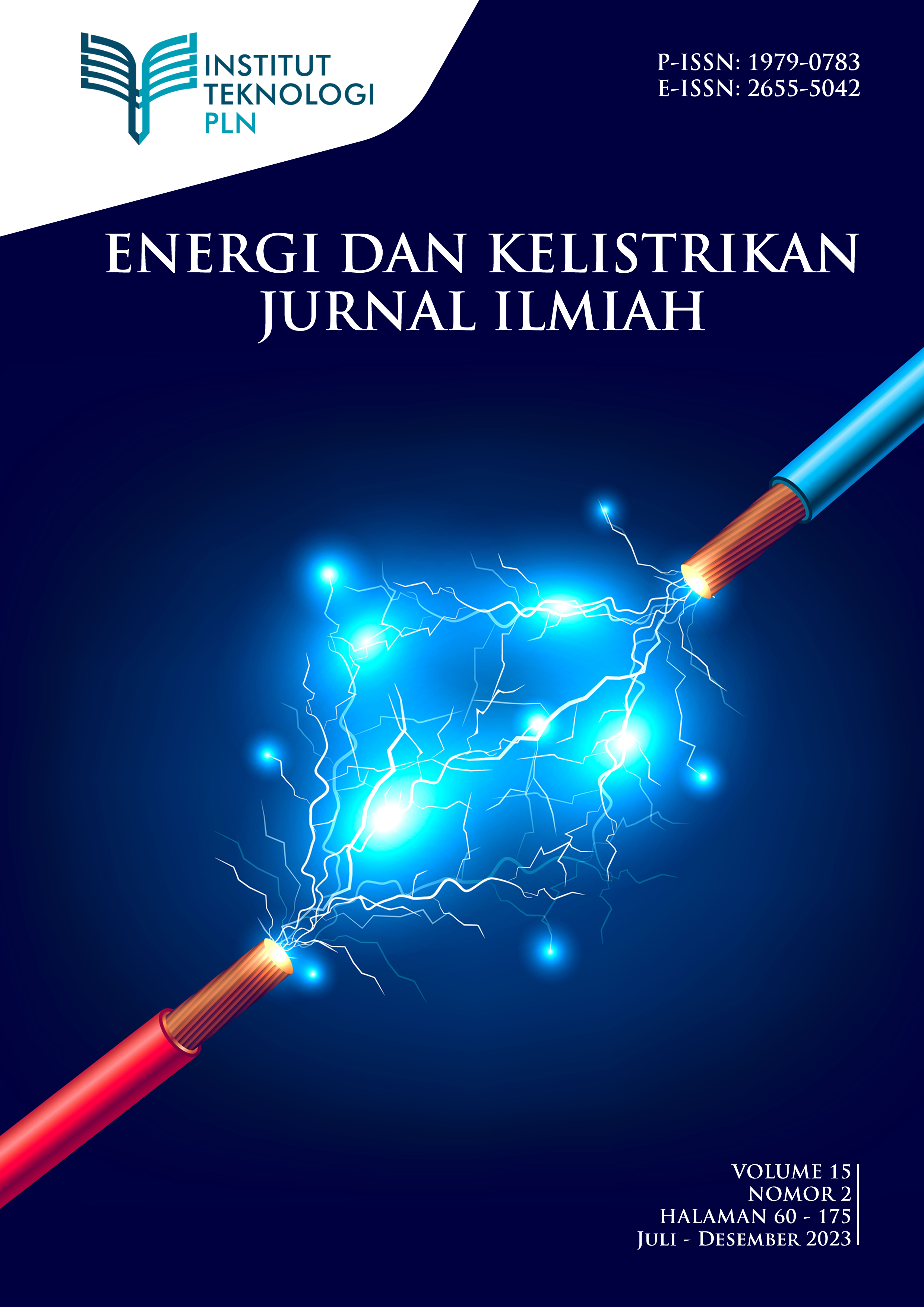Analisa Kinerja Electrostatic Precipitator (ESP) Berdasarkan Besar Arus Sekunder Transformer di PLTU Tanjung Jati B Unit 3
Main Article Content
Abstract
The air from burning coal at the CFPP has the potential to cause pollution because it contains solid particles in the form of dust, smoke and odors. In order to capture fly ash from combustion in the boiler so that the air coming out of the chimney is clean air, an Electrostatic Precipitator (ESP) is needed. Tanjung Jati B Unit 3 CFPP is one of the generators that applies ESP to its unit. The method used is the measurement of the transformer secondary current against the electrical field strength. The purpose of the analysis is to find the effect of secondary current on transformers to get ESP efficiency. Based on the measurements and analysis, it was found that the relationship between the initial secondary current setting of 398.33mA when it was increased to 712.50mA had an effect on the increase in electric field strength from 180,042V/m to 243,406V/m. Transformer usage power from 16.84kW or 404.16kWh to 34.23kW or 851.52kWh, and ESP efficiency from 72.62% to 90.66%. The ESP performance with the highest actual efficiency occurred on 8/12/2022 at 76.38% with particulate matter of 8.84mg/Nm3. Meanwhile, the lowest efficiency was on 12/26/2022 at 68.47% with particulate matter of 18.75mg/Nm3.
Keywords: ESP, Efficiency, Secondary Current

